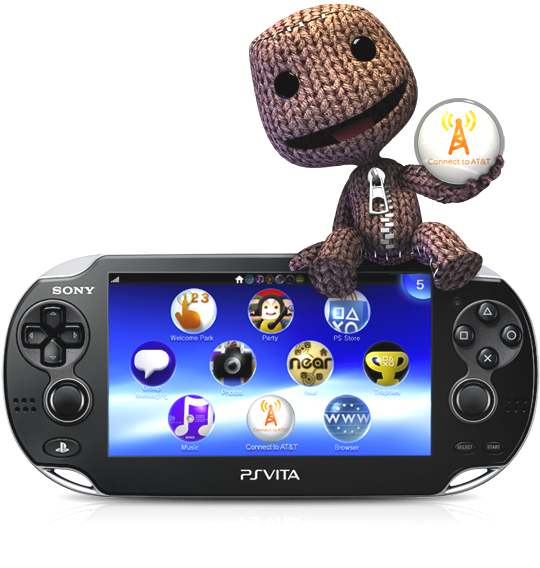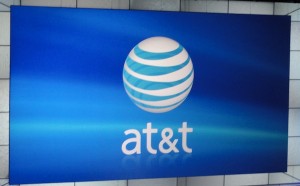
Last week, we ran an editorial on ‘how Sony can save the PlayStation Vita,’ which focused on the devices price point. Despite launching a lower price than what many had expected, the $249 for Wi-Fi and $299 for 3G/Wi-Fi model proved as a stumbling block for consumers. With declining sales, soon developer support began to trickle away, creating a catch 22 for the PlayStation Vita. Why should developers support a system with low volume sales and why should consumers by a game console with low developer support. While the idea of dropping the price to funnel interest towards the Vita is not an original one, we attempted to answer how exactly Sony could achieve this and still have a profitable, if not a break-even, price point console. In the end, Sony is here to make money.
Now, prior to the February 20th announcement which will likely be the PlayStation 4, Sony held a smaller video stream conference for the PlayStation Vita. While Sony highlighted many new RPG’s that would be coming to the Vita, mostly notably Final Fantasy X in HD, the biggest news was the consoles price drop. Currently intended for Japan only, though we expect Western audiences will equally receive a price cut come the 20th, effective February 28th, both the 3G/Wi-Fi and Wi-Fi-only models will cost ¥19,980 (around $215). Yes, both models will sell for the same price, translating into roughly 20% off for the Wi-Fi edition and 35% for 3G/Wi-Fi. But price cuts alone will not save the PlayStation Vita. After the jump, our editorial part 2 looks at what Sony must do to entice consumers to give the powerful portable another look.
Ever heard of the saying, “If price is king, then 4G is the emperor?” If not, you just heard it and it implies directly to all mobile devices. In the mobile world right now, be it a smartphone or tablet, 4G and 4G LTE (there is a difference, folks) are king. Many consumers don’t even know the difference or can’t tell you what the true advantage of ditching 3G is but it’s clear that they want it. This in fact turned into a bulletin point for Apple pundits who demanded the company transition to 4G because consumers needed it. Eventually, consumers became happy that their iOS device displayed 4G after a software update which referred to AT&T’s HSP+ as 4G and not 3G, despite being the same signal and speed.
 In the case of the PlayStation Vita, Sony needs to take the console to not just 4G, but 4G LTE to achieve the truly greater speed and to have the buzz that’s associated with the word. This in consumers eyes will place the console in the modern category which can better help justify the units price point, especially when you can get devices with 4G LTE for free with a contract. But going to 4G is more important than the speed it has to offer, especially if the Vita continues to be incapable of gaming on cellular networks and is limited only to downloading content, chatting, and using GPS type features. Instead, what the transition to 4G would mark for Sony is a hardware refresh and with it, Sony should bring some other changes. A slightly better battery life and thinner design on top of the 4G will suddenly constitute as a proper hardware refresh. While some might even say that the current memory cards should be ditched, the reality is that Sony has committed to that particular form factor and changing directions would be far too big of a shift. The above internals changes wouldn’t change game development or retail products on shelfs like the current memory cards and boxed games. And remember, all the above is quite possible as that’s exactly what Apple did with the iPhone 5, among other changes so going thinner while gaining features is certainly possible.
In the case of the PlayStation Vita, Sony needs to take the console to not just 4G, but 4G LTE to achieve the truly greater speed and to have the buzz that’s associated with the word. This in consumers eyes will place the console in the modern category which can better help justify the units price point, especially when you can get devices with 4G LTE for free with a contract. But going to 4G is more important than the speed it has to offer, especially if the Vita continues to be incapable of gaming on cellular networks and is limited only to downloading content, chatting, and using GPS type features. Instead, what the transition to 4G would mark for Sony is a hardware refresh and with it, Sony should bring some other changes. A slightly better battery life and thinner design on top of the 4G will suddenly constitute as a proper hardware refresh. While some might even say that the current memory cards should be ditched, the reality is that Sony has committed to that particular form factor and changing directions would be far too big of a shift. The above internals changes wouldn’t change game development or retail products on shelfs like the current memory cards and boxed games. And remember, all the above is quite possible as that’s exactly what Apple did with the iPhone 5, among other changes so going thinner while gaining features is certainly possible.
From here, the pitch to consumers turns into an easy one from the hardware standpoint. You can now get a thinner PlayStation Vita with 4G LTE capabilities and better battery life, that’s priced lower than its predecessor. What’s not to love from an announcement like that? And with the console now a year into its life cycle, many of the great games for the Vita like Uncharted: Golden Abyss, LittleBigPlanet, SoundShapes and Rayman: Origins to name a few, all come at lower price points, making the purchase of the console that much easier to handle. With back catalogue games starting to move off the shelf, stingged developer pains will begin to ease as money from old investments start to trickle back in, making continued and future support for the PlayStation Vita an easier thing. This, mixed with more consoles starting to be sold due to the revitalized demand for the hardware, will help break the catch 22 that’s beginning to haunt the PlayStation Vita.
Discuss:
What hardware changes would you bring to the PlayStation Vita?
